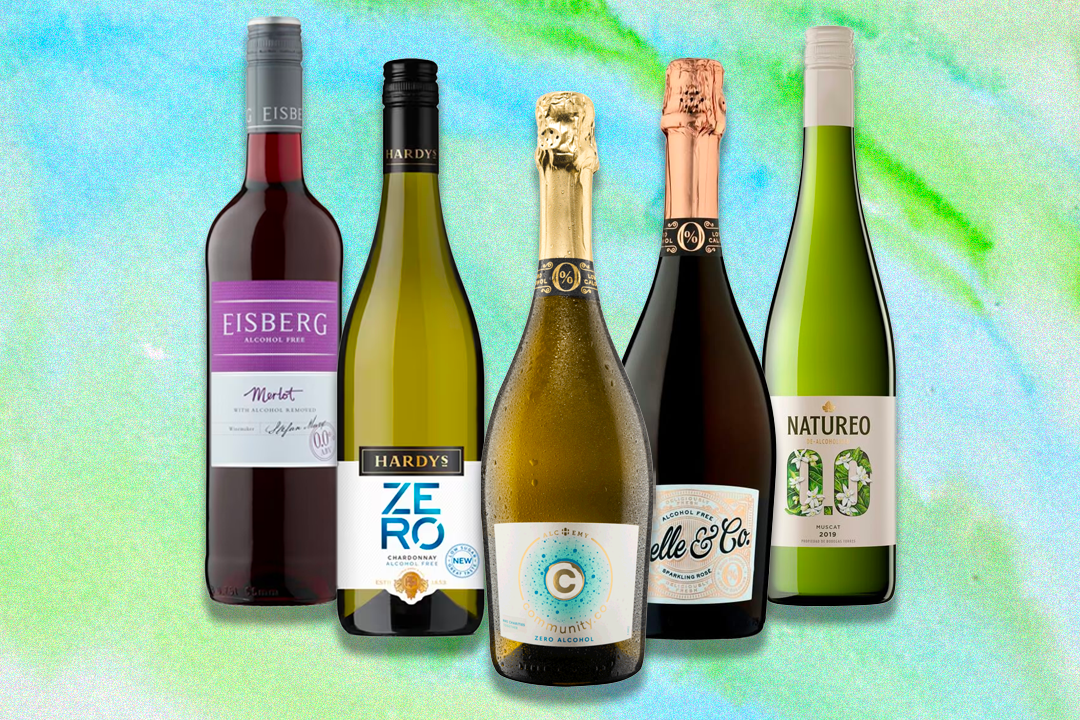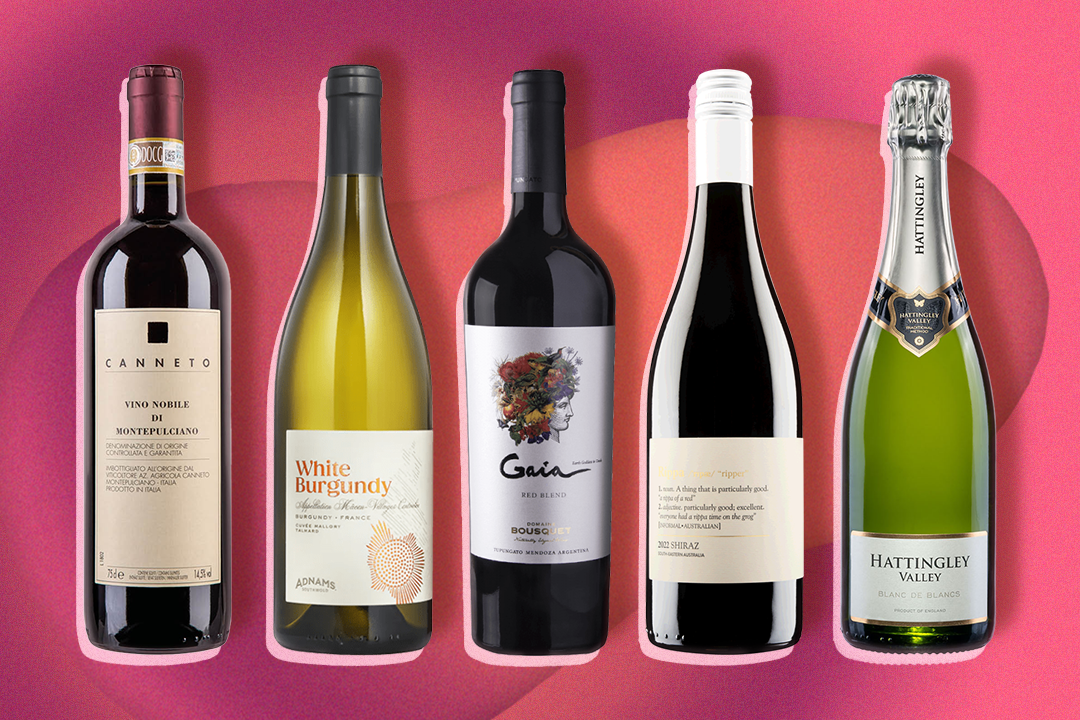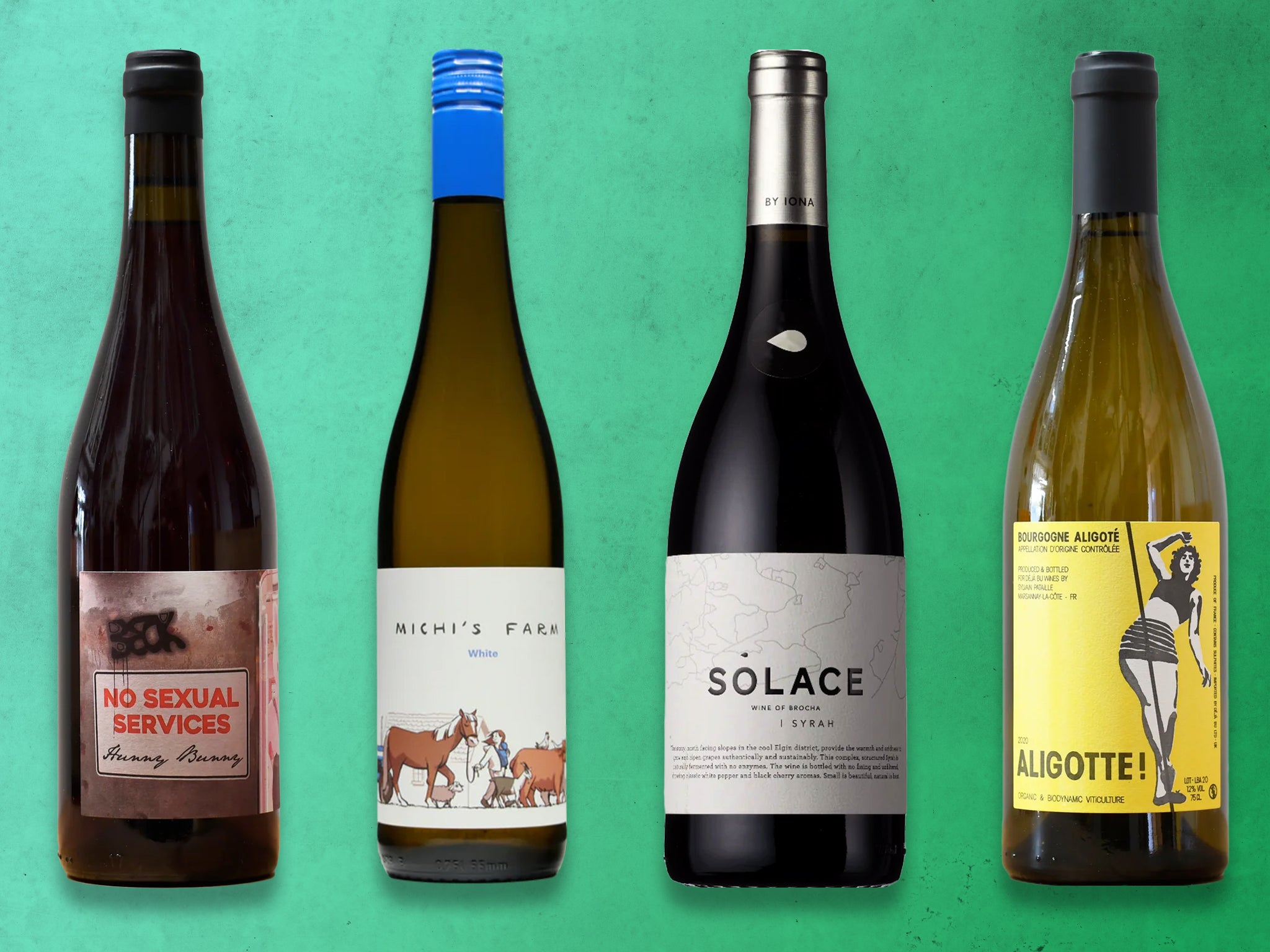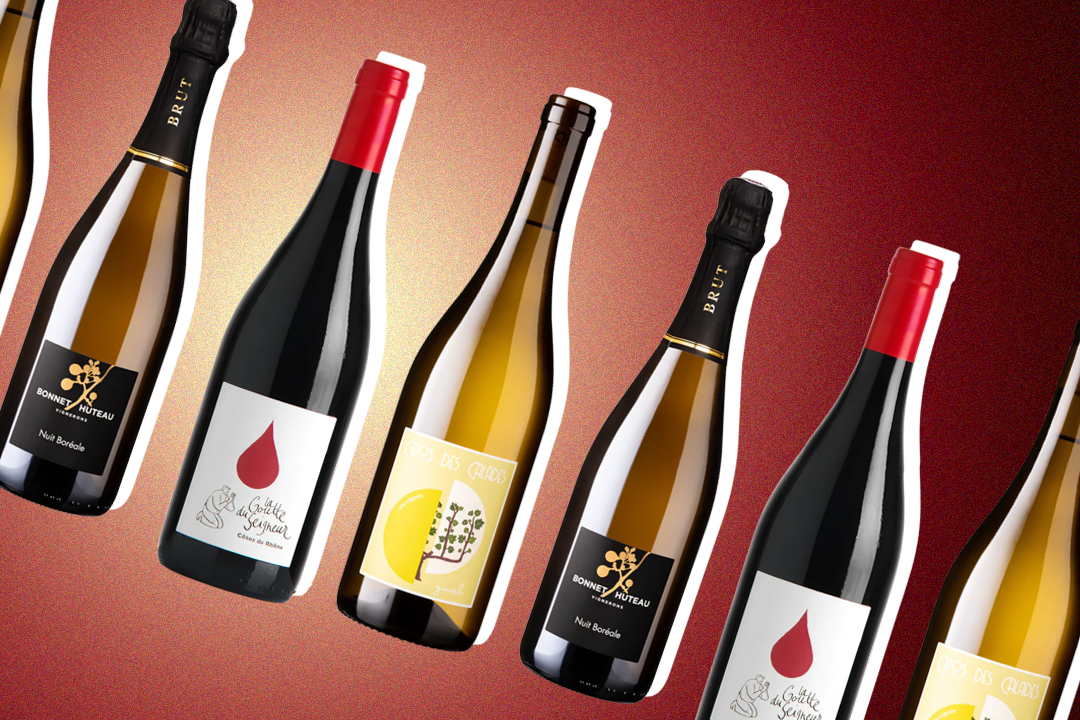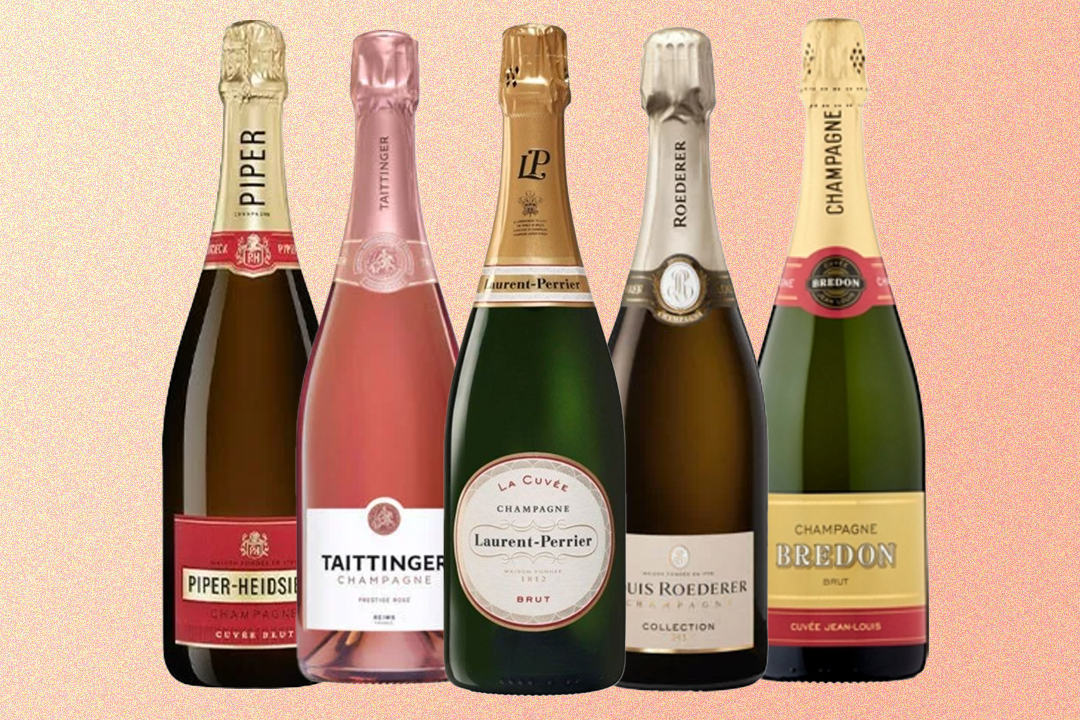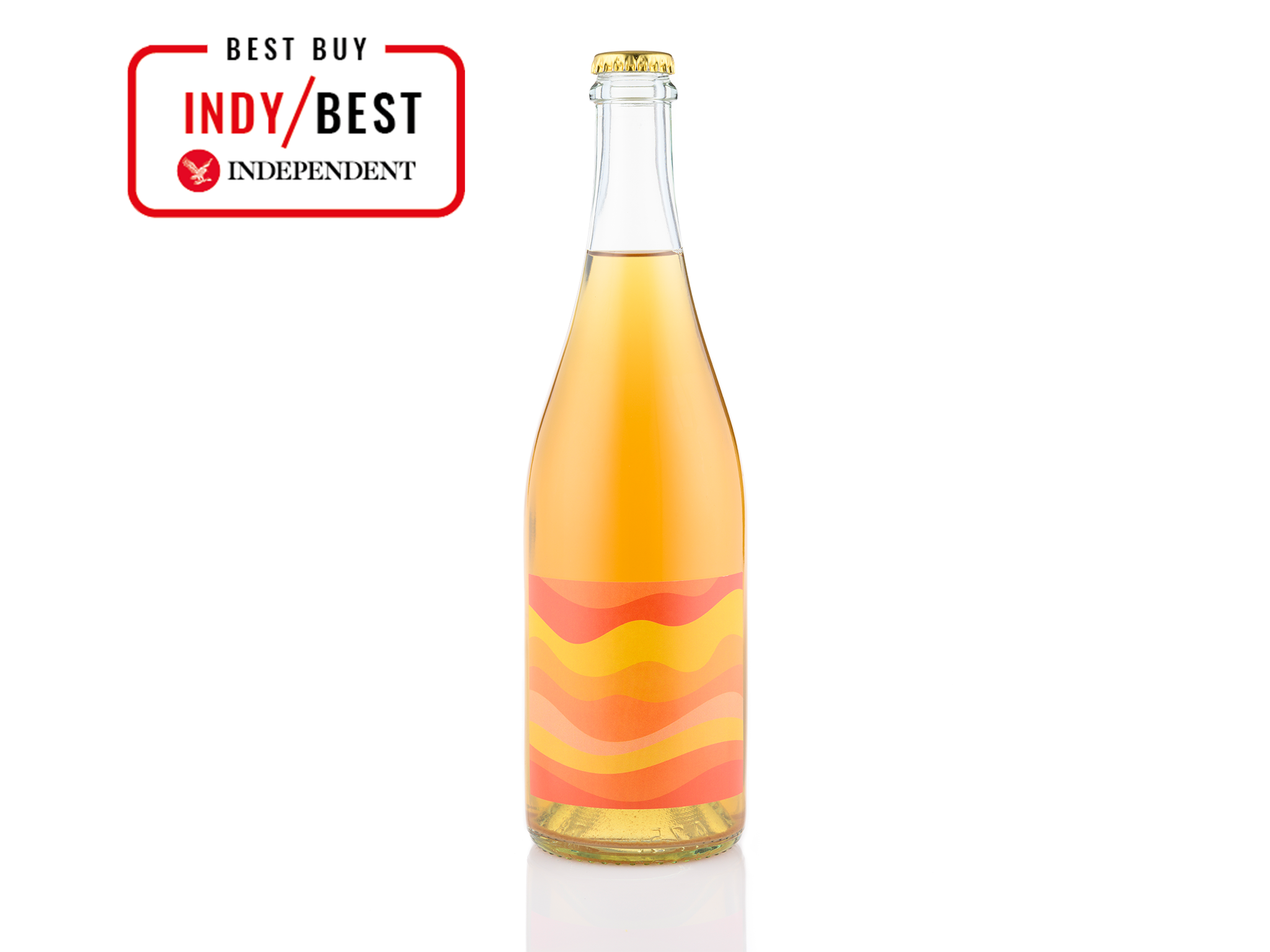
The Independent's journalism is supported by our readers. When you purchase through links on our site, we may earn commission. Why trust us?
9 best pét nat wines for a naturally sparkling tipple
These softly bubbly vinos take sparkling wine back to its roots
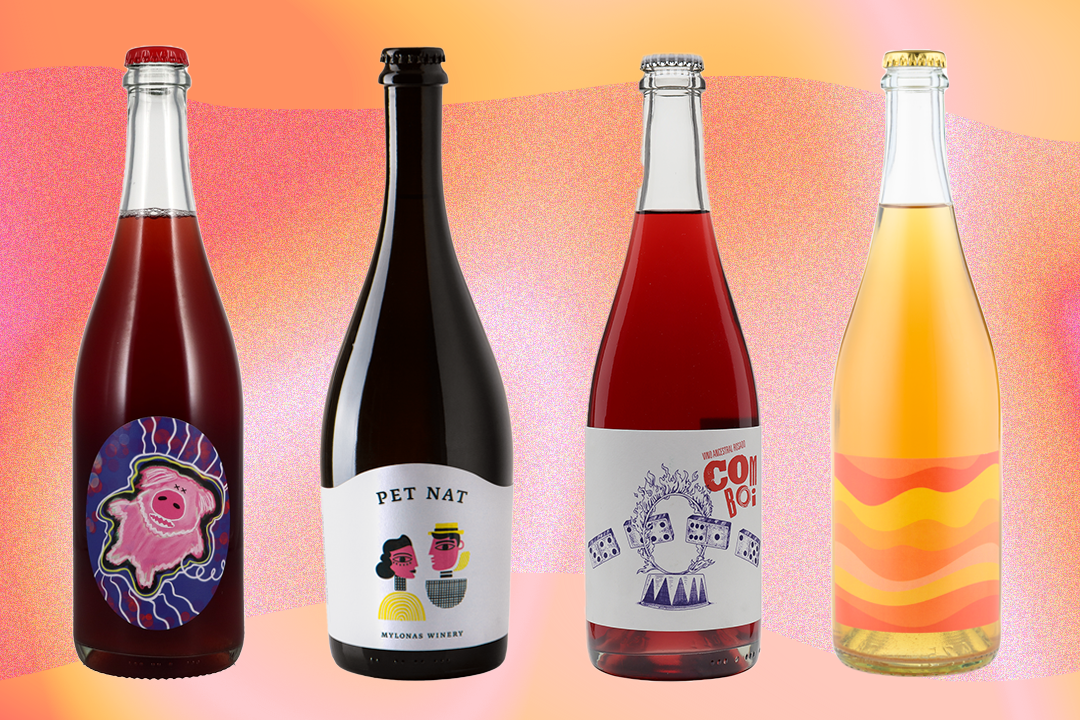
Pét nat (short for pétillant naturel) is a style of natural sparkling wine that sees the wine moved from the tank (or barrel) to finish its fermentation in the bottle. This style of winemaking is traditionally known as the “méthode ancestrale” and originates from Limoux, a southern France wine region of which the namesake vino is thought to be the original sparkling wine.
Pét nats have since been adopted by natural winemakers. There is no filtration, so sediment is often found at the bottom of the bottle, resulting in grassy hay flavours. Pét nat can be unpredictable, and the crown cap (rather than cork) closing gives an almost craft beer feel. The style is much simpler than champagne, and the bubbles are lighter than those in prosecco, with the flavour ranging from fresh fruit and herbal notes to those of brioche and pastries.
The joy of this kind of wine is there are no rules when it comes to grapes and styles, as the lack of appellation means winemakers have free reign to make rosés, orange wines and anything in between.
These wines can pair very nicely with food, with their fruitiness and high acidity offering a great match for aromatic dishes such as Vietnamese noodles and Thai salads, as well as sushi or seafood. Some of the heavy florals would be great with pork dishes or fruity desserts, too.
There seems to be an unwritten rule that pét nats have to have fun labels, because most are bright, eye-catching and witty, demonstrating the unseriousness nature of the category. Still, these wines don’t need to be studied or intellectualised, rather, they should be enjoyed cold with good company.
How we tested the best pét nat wine
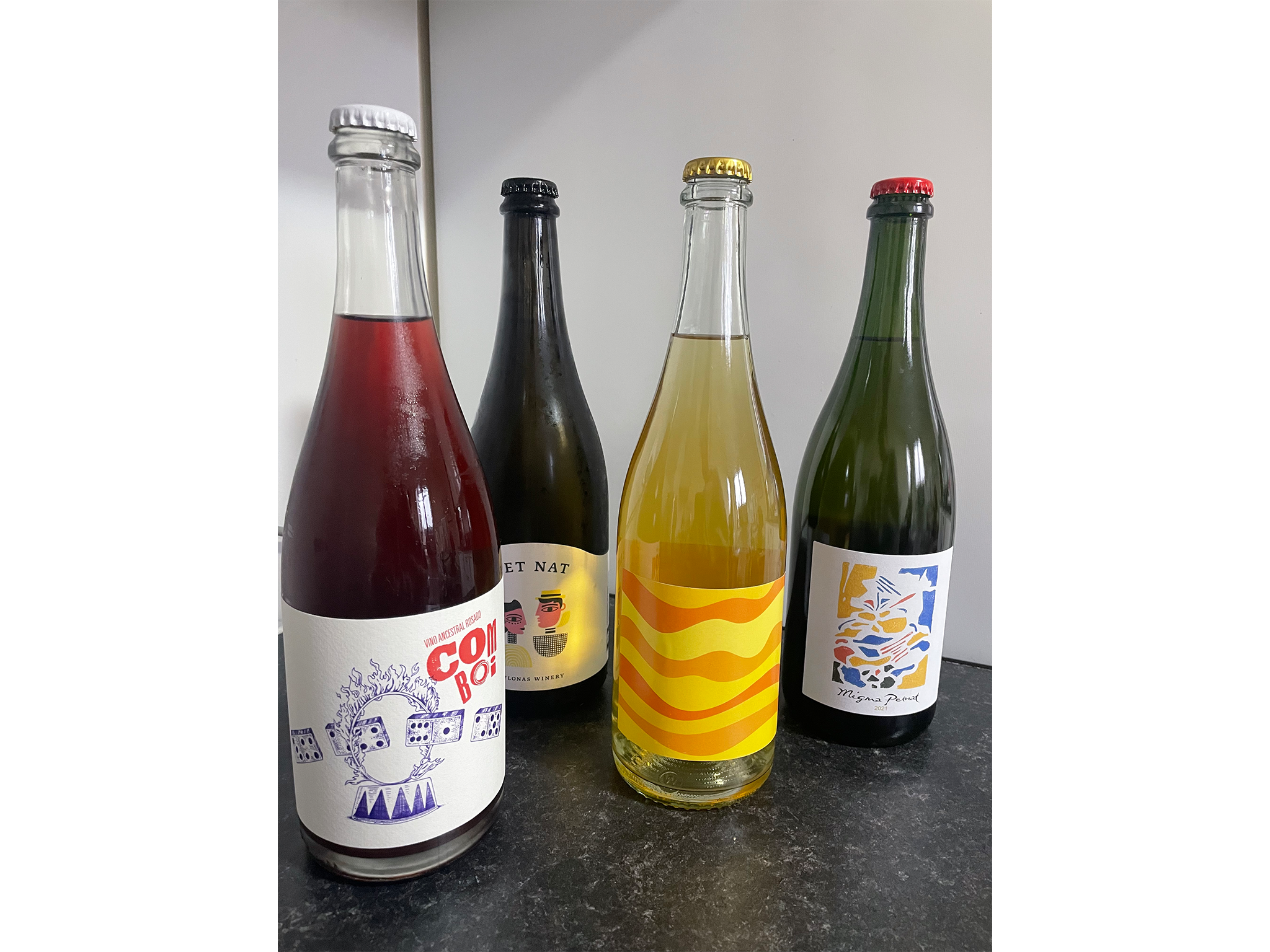
We tried the wines in groups, looking for great-tasting, well-balanced pét nats. We stuck with the ancestral method and haven’t featured frizzante or col fondo styles, which can also be called pét nats.
As pét nats benefit from being served cool (around 6-8C), all wines were refrigerated prior to opening. They were then given some breathing time, as it’s not recommended to drink pét nats straight after opening. We waited 20 minutes or so before sipping, enabling oxygen to wake up the flavours.
Finally, the wines were tasted again after a couple of hours, as, unfortunately, pét nat can have a short shelf-life, so the drinking window can be smaller than that of more commercial wines. All the wines that made it into our line-up were still great to drink a few hours after opening the bottle.
The best pét nats for 2024 are:
- Best pét nat overall – Whinyard Rocks pet nat: £26.50, Vinvancymru.co.uk
- Best budget pét nat – Bodegas Gratias vino ancestral rosado comboi, 2021: £19.95, Thewhiskyexchange.com
- Best for pét nat newbies – New Theory pot luck: £20.99, Selfridges.com
- Best pét nat for pairing with food – Mylonas pét nat savatiano: £24, Maltbyandgreek.com
Whinyard Rocks pét nat

- Best: Pét nat overall
- ABV: 11%
- Size: 75ml
- Grapes: 60% solaris, 40% ortega
- Vegan: Yes
- Why we love it
- Sunny pét nat with lots of fruit flavours
A Welsh wine from the Whinyard Rocks sheep farm turned vineyard, this pét nat is seriously generous and peachy. Made with 60 per cent solaris grapes, it’s bursting with fruity and floral flavours – think lychee, rose and lemonade.
The yellow label is a beautiful design by British homeware brand Studio Gardiner and adds to the bottle’s charm. Put together with grapes grown in the Welsh countryside, it’s great to see such vibrant wines being produced in the UK.
Bodegas Gratias vino ancestral rosado comboi, 2021
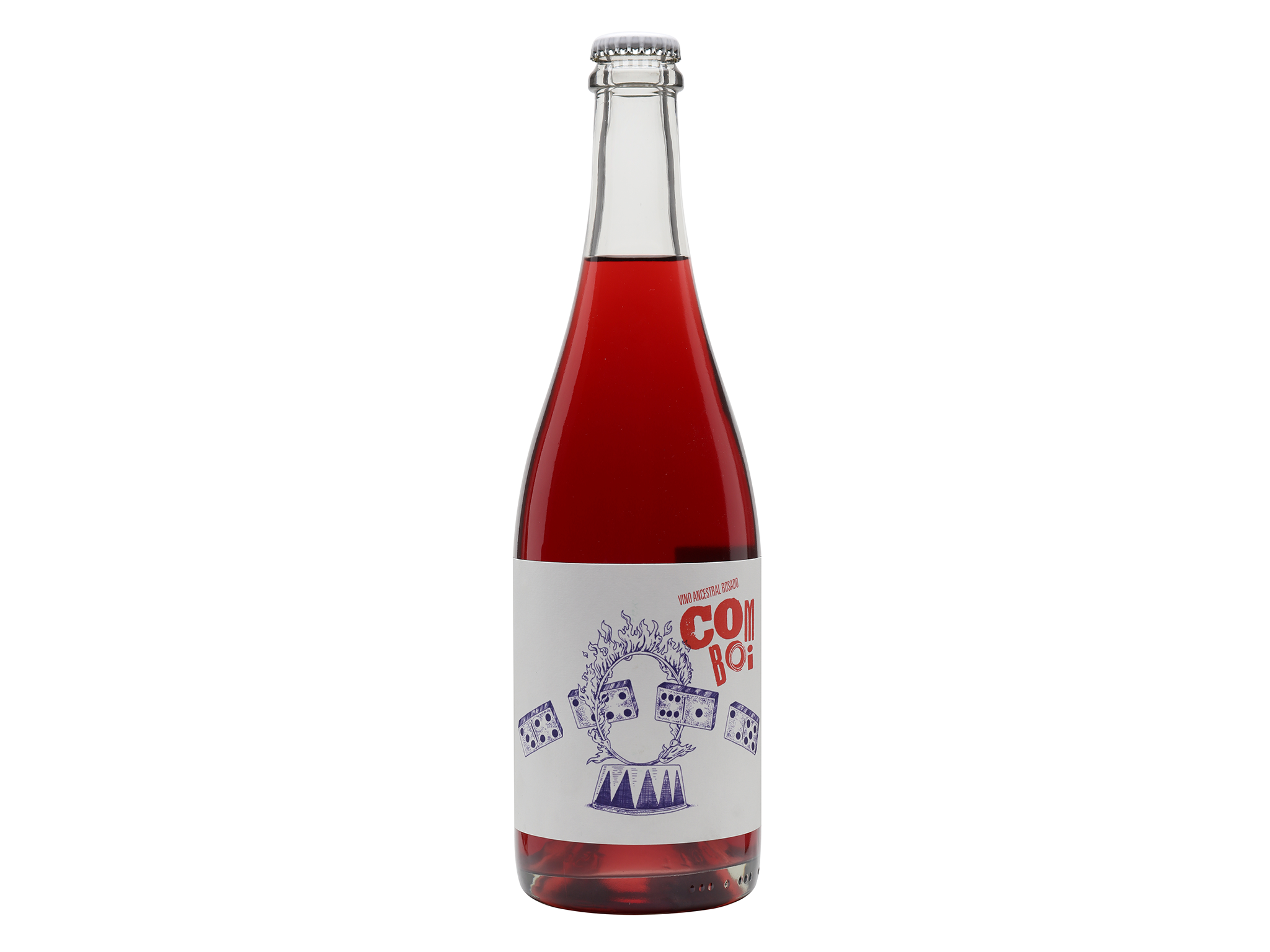
- Best: Budget pét nat
- ABV: 13.5%
- Size: 75ml
- Grapes: Bobal
- Vegan: Yes
- Why we love it
- Great fruity flavours
The Bodegas Gratias project champions sustainable agriculture, natural yeasts and intuitive winemaking. This wine is made from bobal (the indigenous Spanish red grape), using low-intervention techniques and bush vine grapes.
Tasting of crushed raspberries and meadows, this is very much a Spanish rosado and not a rosé. It is full and complex, with lees contact ageing adding depth and flavour.
There are enough fruit characters to handle the hints of bitterness that add complexity, too. Meanwhile, flavours of grass and pepper add interest but may not suit every palette. A bright, crisp wine that is neither too sweet nor overpowering.
New Theory pot luck
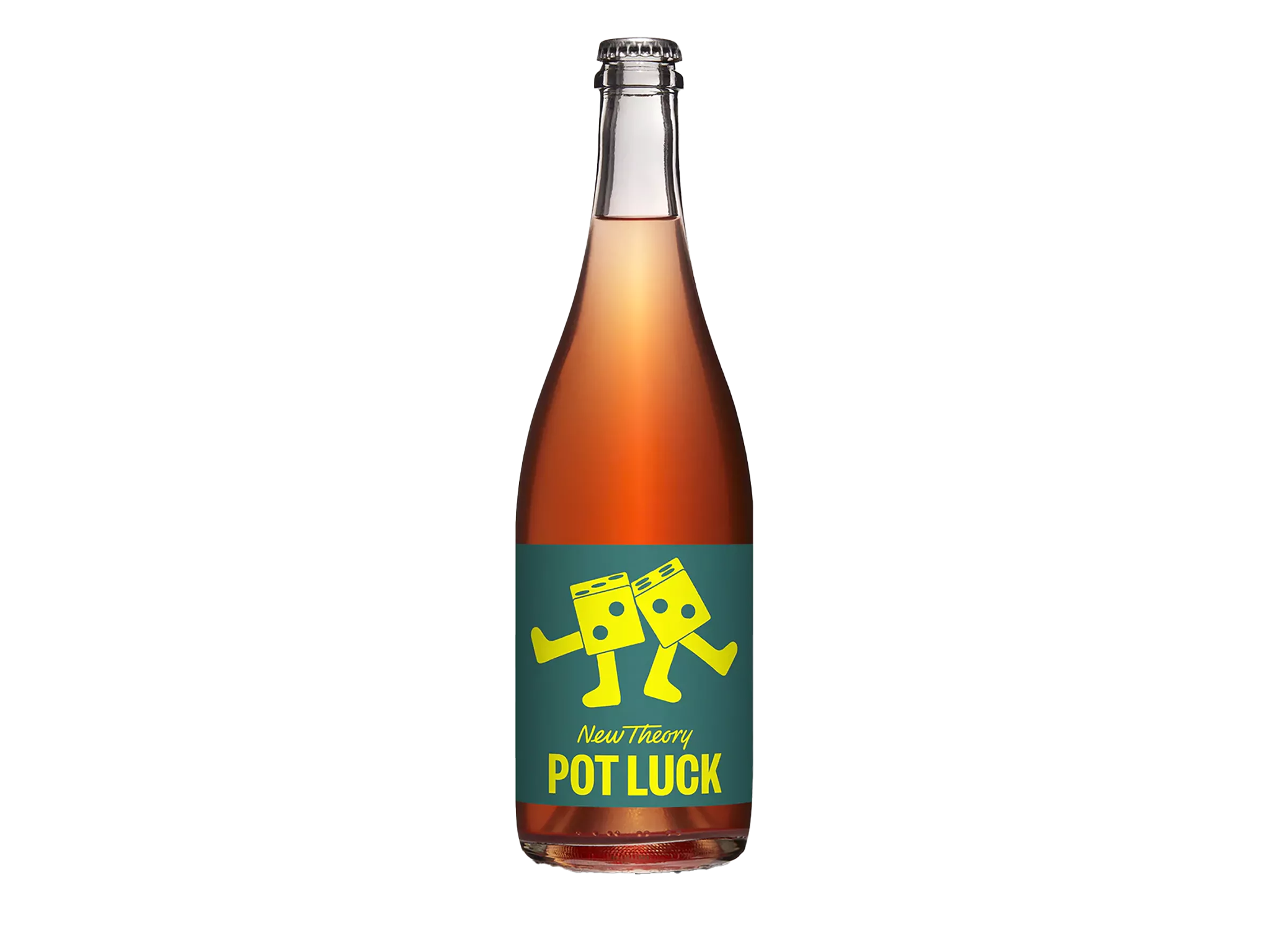
- Best: For pét nat newbies
- ABV: 11.5%
- Size: 75ml
- Grapes: Pinotage
- Vegan: Yes
- Why we love it
- Unserious and delicious
Recognisable by the ‘dicey’ label, this pét nat hails from New Theory, a South African venture by brothers Charlie and Thom Bradley, who are making low-intervention wines from their coastal farm in Swartland.
This easy-going wine is made from pinotage (South Africa’s classic grape), and is full of berry flavours, making it a delicious wine to drink during summer. Unlike commercial wines, pét nats can be cloudy and savoury, but this is a good (albeit simple) introduction to a clean pét nat with subtle straw flavours, as it won’t overwhelm those new to natural wine.
Pivnica Čajkov vulcanica sparkling orange wine
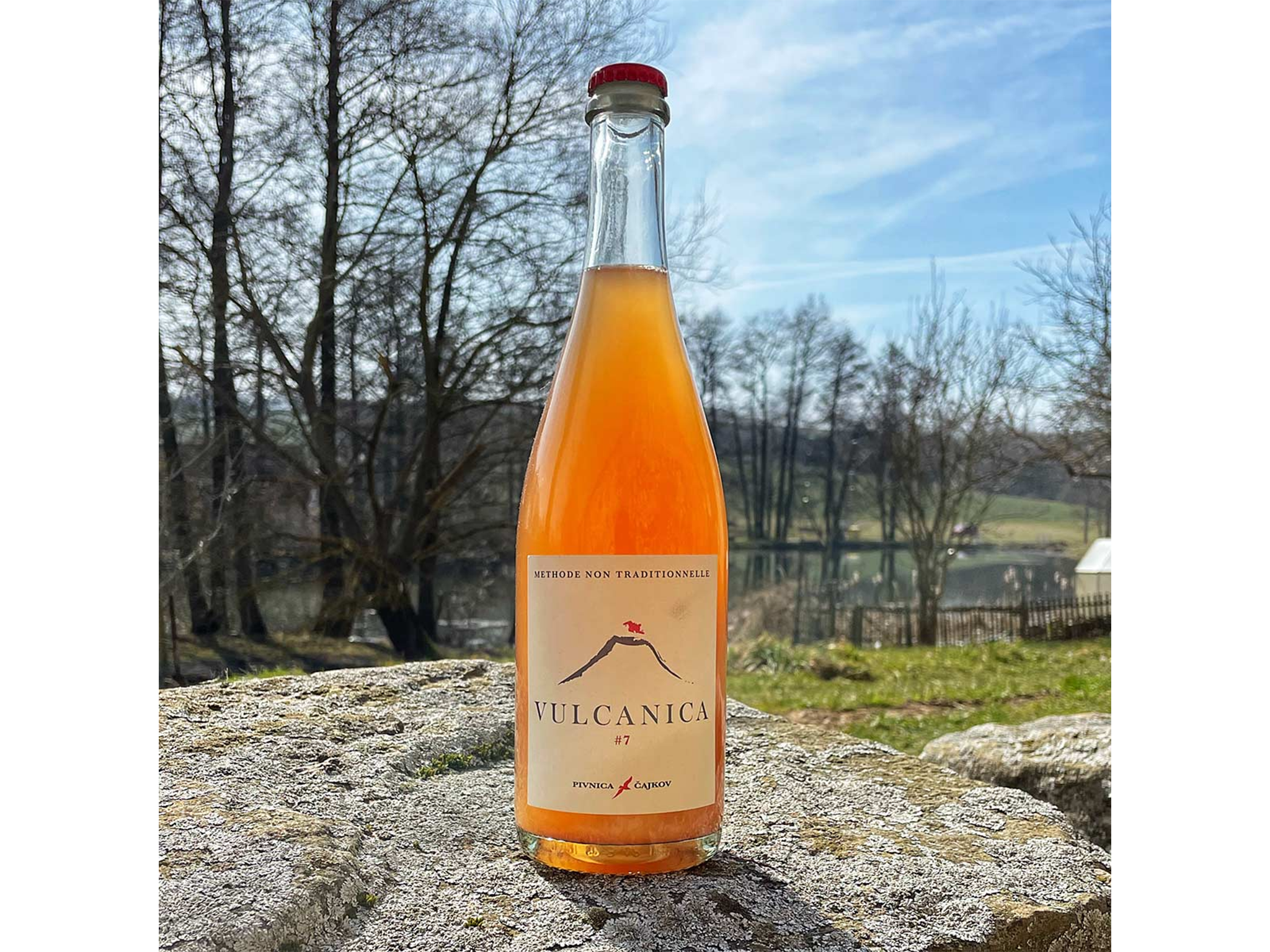
- Best: Pét nat for gifting
- ABV: 12.5%
- Size: 75ml
- Grapes: Pesecká leánka and pinot gris
- Vegan: Yes
- Why we love it
- Complex
- Great flavours
Vulcanica is an incredible fruit-forward Slovakian wine. There’s a lot going on in the way of flavour here, from citrus notes such as grapefruit and orange peel to mango and pineapple. There’s even green almond, white pepper and coriander coming through. This is the kind of wine where, the more you sip, the more flavours will appear, and these develop and stay with you, too. The quality of the winemaking shines here, so, it’s bound to be a great conversation starter.
Pivnica Brhlovce bonka
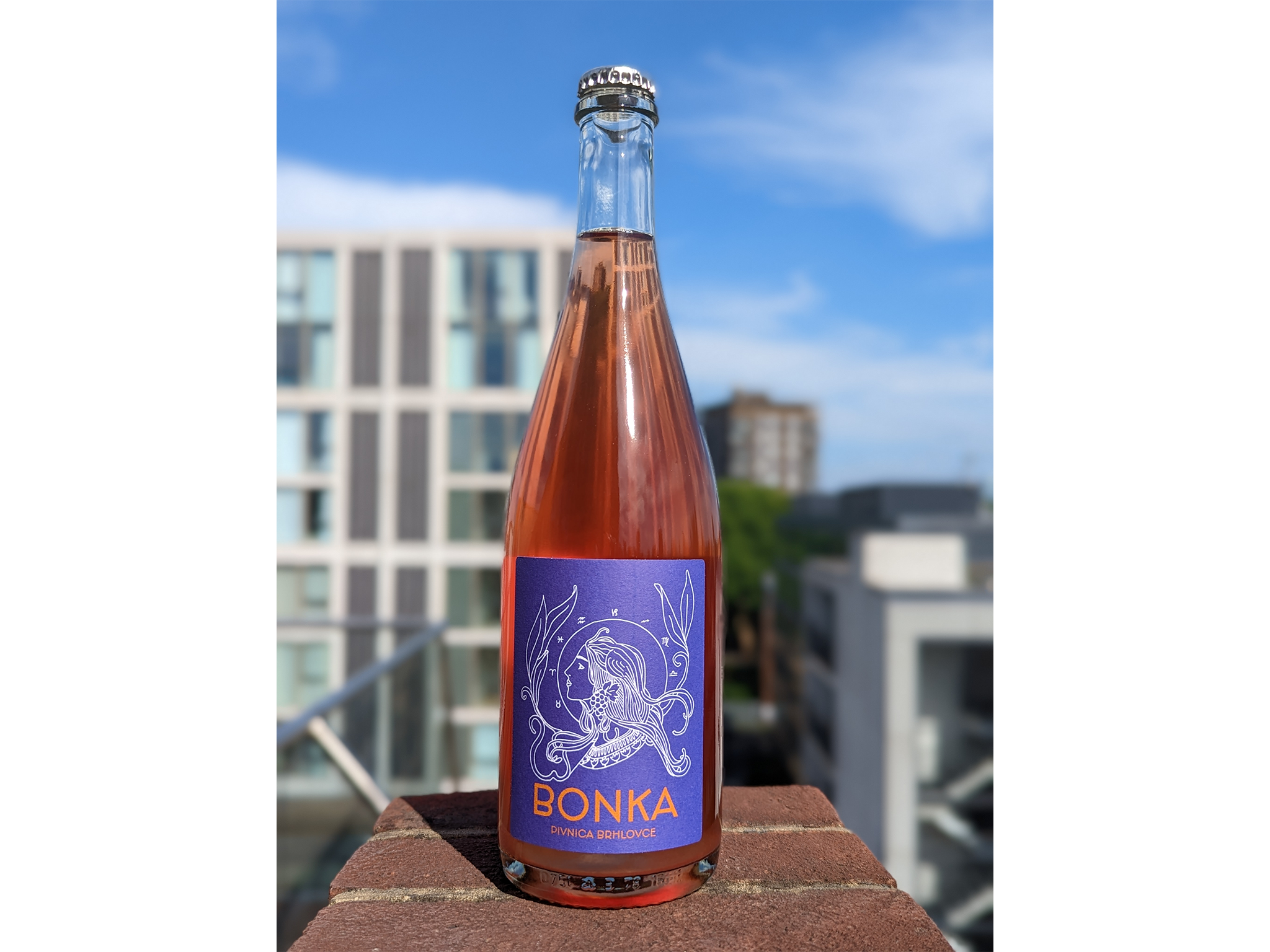
- Best: Pét nat for fans of natural wine
- ABV: 12%
- Size: 75ml
- Grape: Field blend
- Vegan: Yes
- Why we love it
- Bursting with aromas
- Take note
- Not for those new to pét-nat
Bonka is a wine not for the inexperienced, as it’s energetic and full of aromas that take a while to calm down. A Slovakian project made with central European grapes feteasca regala blaufränkisch, chasselas and grüner veltliner, the blend tastes of oranges and grapefruits, with savoury notes of tomato leaf and grass.
Hailing from Pivnica Brhlovce, a small artisan winery in Western Slovakia, this vino has spent four days with skin contact followed by oak barrel fermentation, resulting in structure, texture and complexity. However, first-time natural wine drinkers may find this wine too challenging.
Channing Daughters bianco
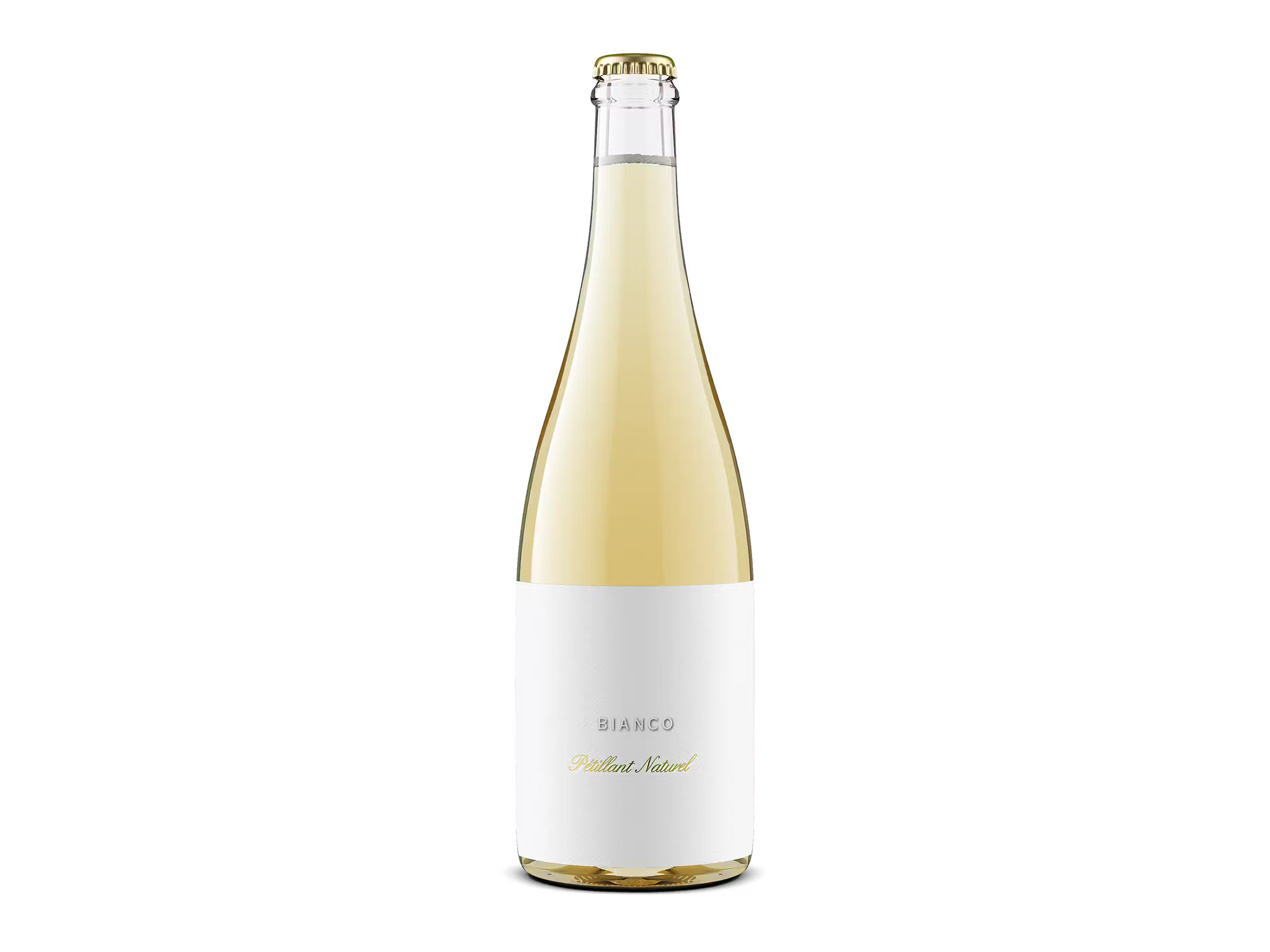
- Best: Pét nat to have with dessert
- ABV: 10%
- Size: 75ml
- Grapes: 45% sauvignon blanc, 45% pinot grigio, 10% friulano
- Vegan: Yes
- Why we love it
- Light
- Tropical
Golden in colour, this pét nat is a heady mix of jasmine and orange blossom and has hints of pastries, so, it really suits desserts such as tarte tatin and frangipane, or even something custard-based. Along with pear and apricot, the aromatic pinot gris, sauvignon blanc and sweet tokai friulano bring a playful fragrance. With an elegance that can sometimes be missing from other pét nats, this is a beautiful expressive wine full of tropical flowers and fruit.
Mylonas pét nat savatiano
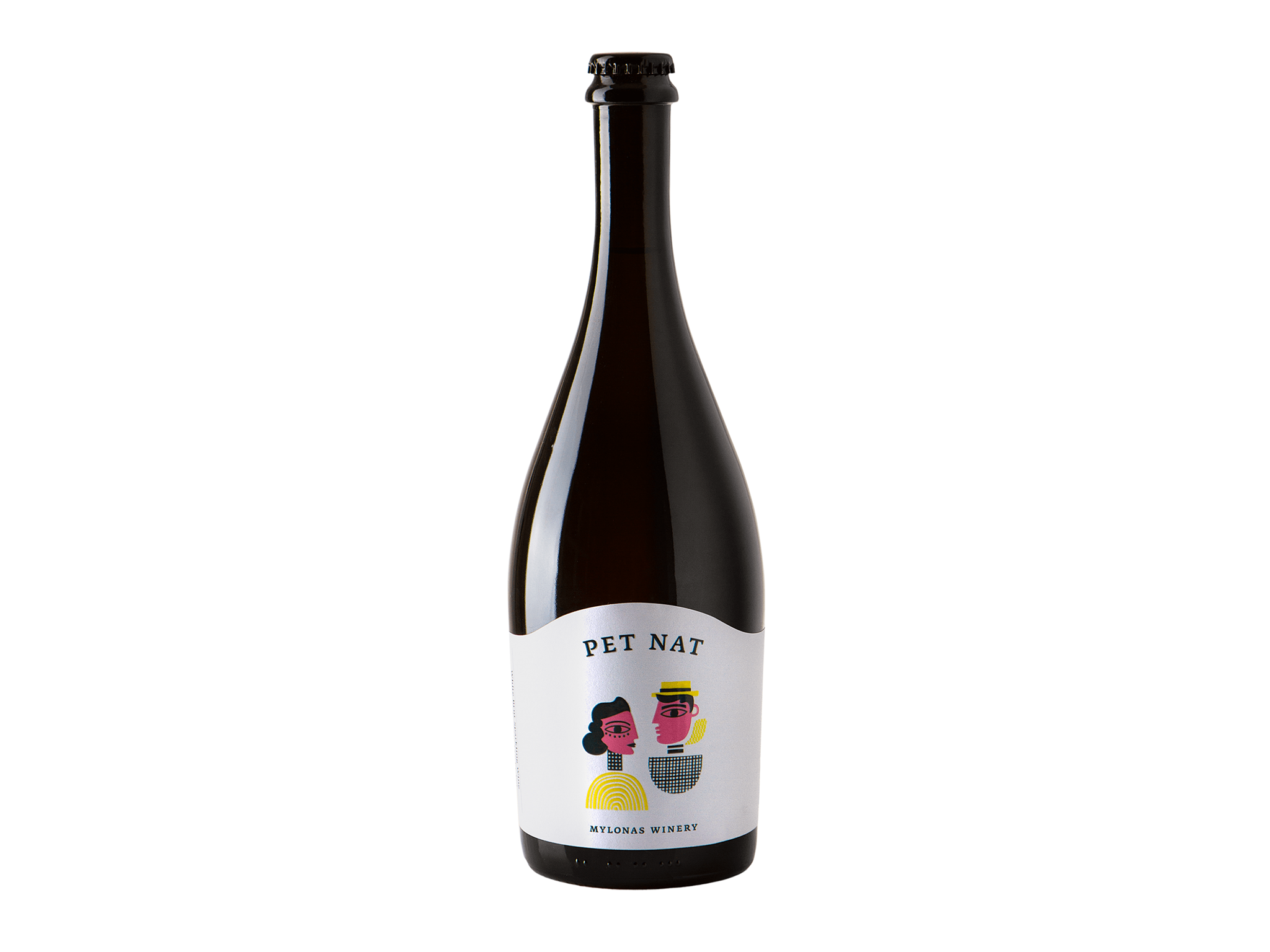
- Best: Pét nat for pairing with food
- ABV: 12.5%
- Size: 75ml
- Grapes: Savatiano
- Vegan: Yes
- Why we love it
- A delicate wine to pair with food
This is a cool, cloudy, complex little pét nat. A non-vintage Greek wine, it has weight and salinity, which isn’t surprising, as the vineyards are surrounded by the Aegean Sea. Made in the Attica region of Greece by combining traditional winemaking methods, such as the use of amphorae, with new innovative techniques, it hails from a family that has been making wine for generations.
This may not be the most exciting wine out there but it is a good option for pairing with food, as it offers a playful spritz, along with a richness and creaminess – understated but delicious.
Domaine Chatzivaritis migma pét nat, 2021
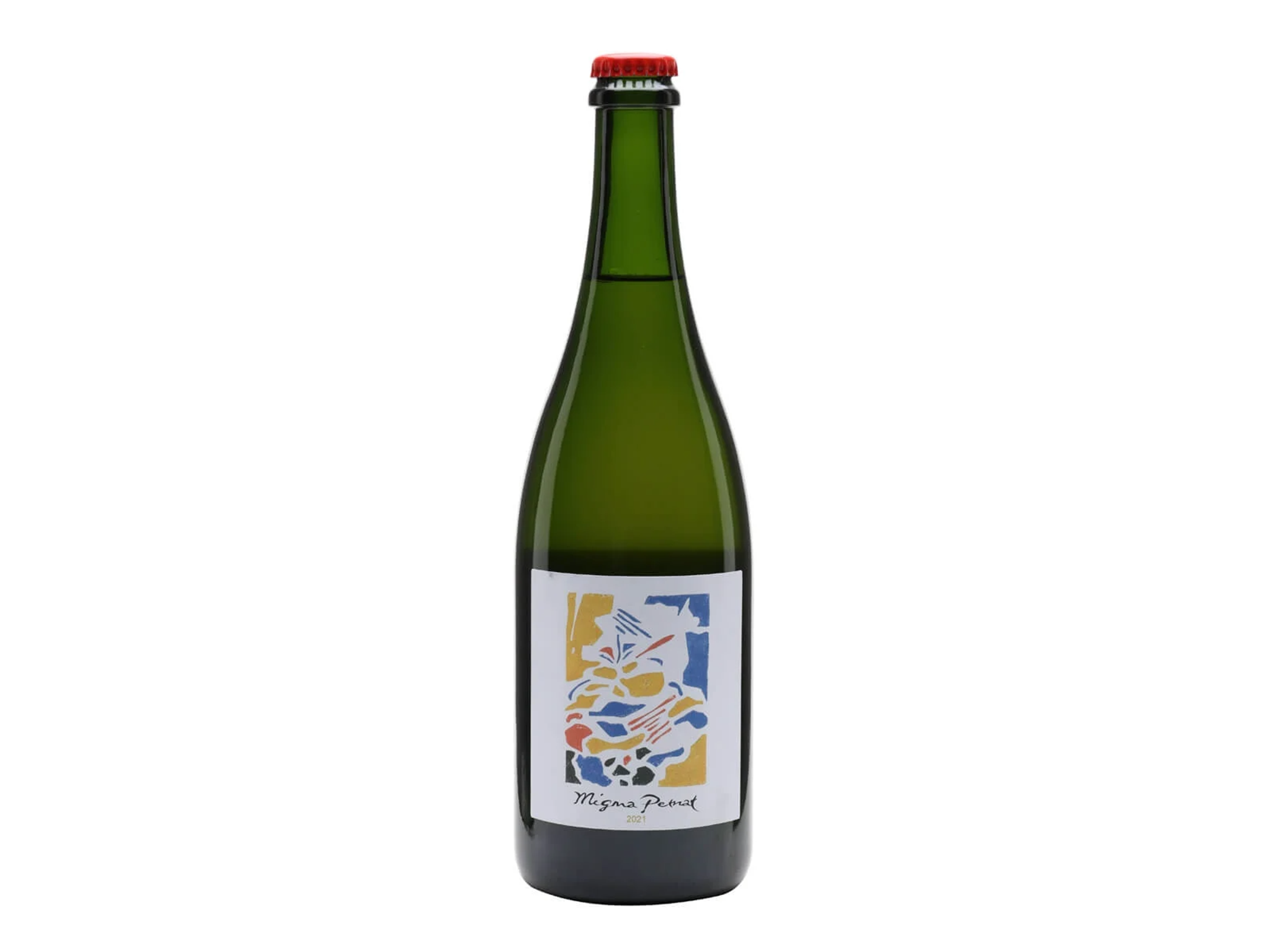
- Best: Understated pét nat
- ABV: 12%
- Size: 75ml
- Grapes: Malagousia, muscat
- Vegan: Yes
- Why we love it
- Exemplifies great winemaking
This pét nat has soft fluffy bubbles, a good amount of fresh acidity, and delicious fruity aromas. Made by winemaker Chloi Chatzivariti from Greek white grapes malagousia and muscat (known for their floral and intense style), migma is produced in a small winery in the north of Greece. It tastes of white flowers, straw and elderflower. While there is a little bit of lees ageing, cool fermentation keeps the fresh flavours of peach and apricot, too. This is a wine that demonstrates pét nats can be understated and of great quality.
Tim Wildman Piggy Pop
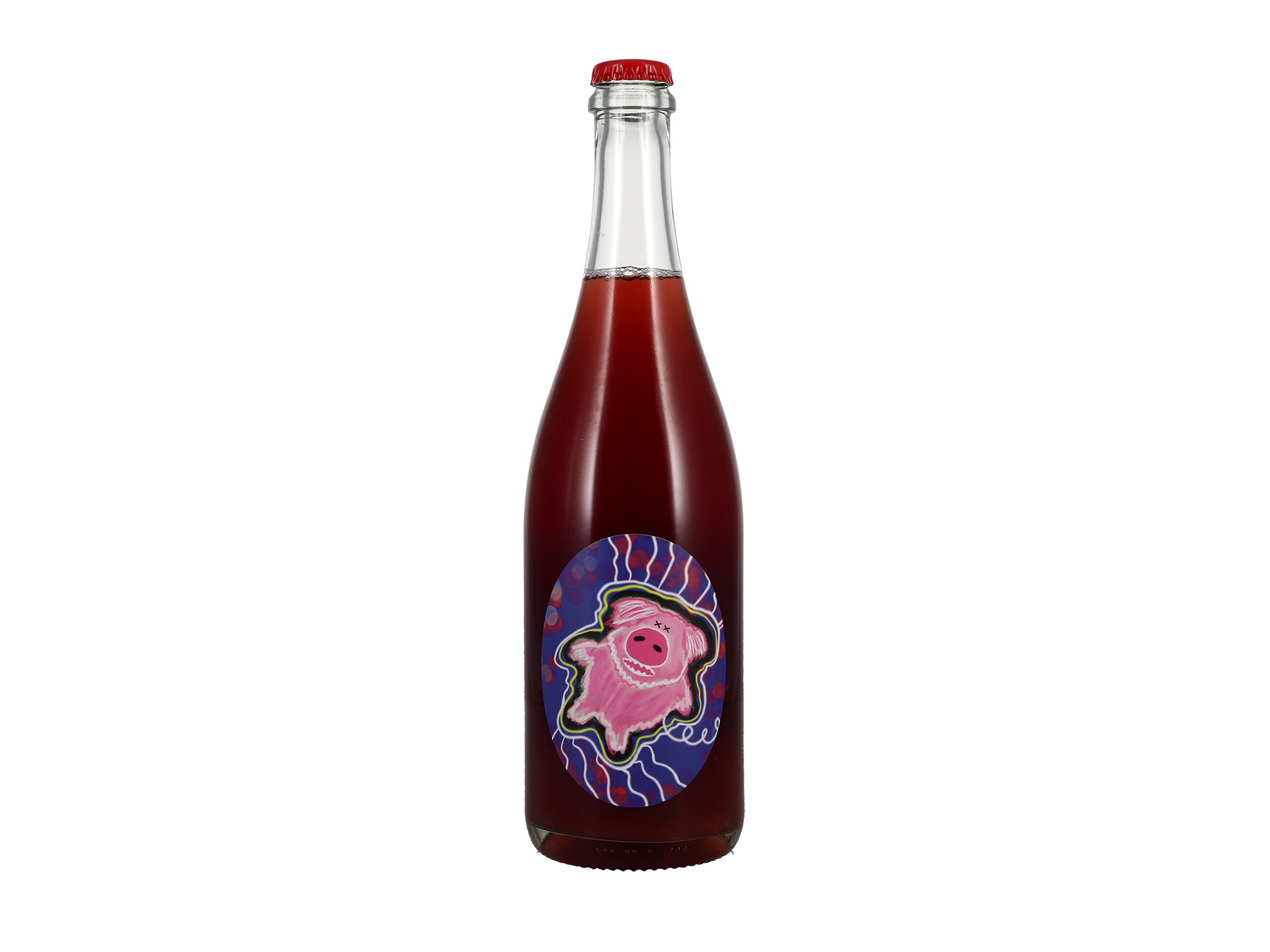
- Best: Pét nat rosé
- ABV: 12.5%
- Size: 75ml
- Grapes: Nero D'Avola and mataro
- Vegan: Yes
- Why we love it
- Fun
- Easy to drink
This is a rosado pét nat, so, a strawberry-coloured dark rosé. At 13%, it has one of the higher alcohol percentages of the wines we tested but it is still surprisingly light. Packed full of red fruit and a good amount of texture, this is definitely a fun, unserious pét nat, though, as a youthful wine, it lacks complexity, compared with others in this list.
Put together by winemaker Tim Wildman, the pioneer of the pétillant naturel style of wine in Australia, the wine has a big hit of cherry – probably owing to the blend of Italian grapes grown in the Adelaide Hills region.
The verdict: Pét nats
Pét nats have shown they can be taken seriously, thanks to quality winemaking. Besides the fun, buzzy labels, there are some flavourful wines produced in interesting regions but the best pét nats are those with great full flavours that keep their fizz.
Fun, balanced and a lovely introduction to a misunderstood category, Whinyard Rocks’s pét nat is a wine that leaps out of the glass with its dizzy flavours. The Welsh vino brought a good dose of sunshine, and it’s exciting to see such a sunny wine being made in the UK.
The Greek migma and mylonas are exciting wines that offer great balance and expression and can be enjoyable either alone or sipped with meals, while the vulcanica is a robust and hazy wine that most will enjoy.
For more must-read vino reviews, these are the best rosés that aren’t just for summer
Voucher Codes







